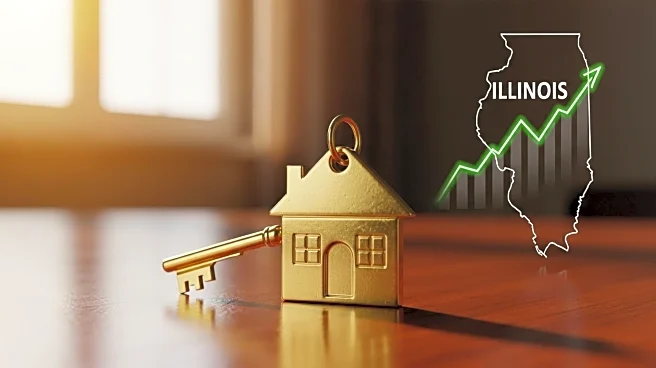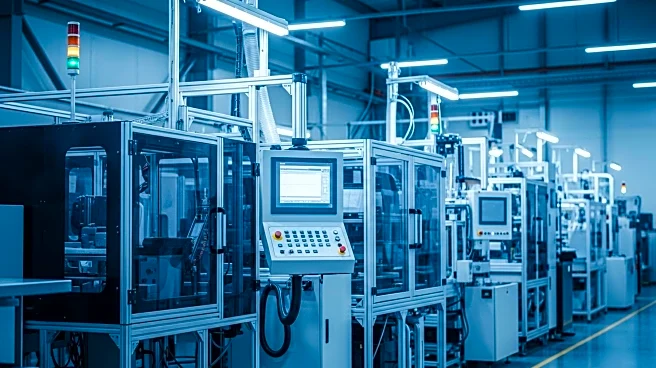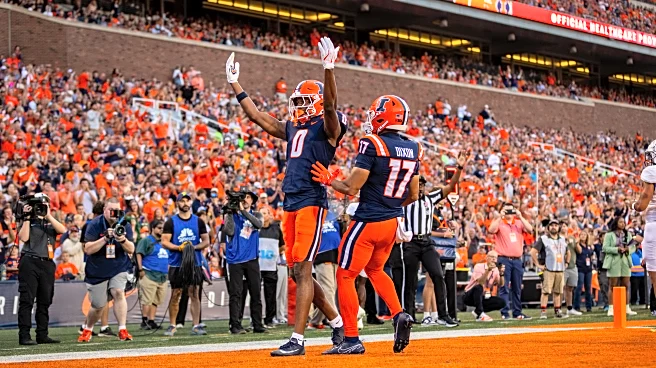What's Happening?
Illinois is experiencing a significant rise in home prices, with a reported increase of nearly 47% over the past six years. This surge is attributed to a persistent housing shortage, as highlighted by Mark Glennon, executive editor of Wirepoints. The Zillow Home Value Index indicates that the typical home price has risen from $197,000 in 2018 to $286,000, making it difficult for many families to afford homes in previously accessible neighborhoods. The state is projected to require at least 227,000 new housing units over the next five years to meet demand. Despite the national average for active housing units being 90%, Illinois currently has only 39% of its units active.
Why It's Important?
The rising home prices in Illinois have significant implications for the state's economy and housing market. The shortage of affordable housing units is likely to exacerbate economic inequality and limit access to homeownership for many residents. This situation could lead to increased pressure on policymakers to address housing supply issues and implement measures to encourage new construction. The lack of housing inventory also poses challenges for businesses and economic growth, as high taxes and regulatory hurdles deter new developments. Addressing these issues is crucial for making Illinois more attractive to businesses and ensuring sustainable economic development.
What's Next?
To tackle the housing shortage, Illinois may need to reform its regulatory environment to make it more conducive to new construction, particularly for apartment buildings. This could involve reducing bureaucratic obstacles and incentivizing developers to build more housing units. Additionally, addressing high taxes and employer obligations could make the state more business-friendly, potentially attracting more investment in housing projects. Stakeholders, including government officials and real estate developers, are likely to engage in discussions to find solutions that balance economic growth with affordable housing needs.













